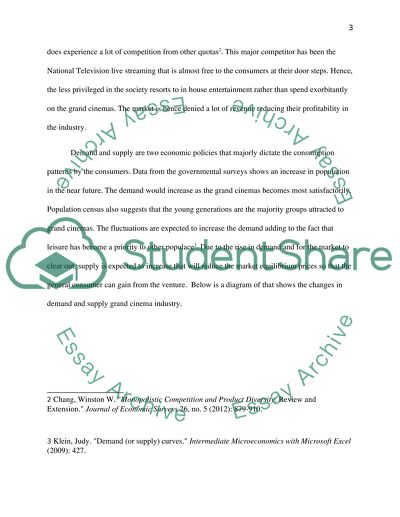Cite this document
(“ECON Essay Example | Topics and Well Written Essays - 2250 words”, n.d.)
ECON Essay Example | Topics and Well Written Essays - 2250 words. Retrieved from https://studentshare.org/macro-microeconomics/1691953-econ
ECON Essay Example | Topics and Well Written Essays - 2250 words. Retrieved from https://studentshare.org/macro-microeconomics/1691953-econ
(ECON Essay Example | Topics and Well Written Essays - 2250 Words)
ECON Essay Example | Topics and Well Written Essays - 2250 Words. https://studentshare.org/macro-microeconomics/1691953-econ.
ECON Essay Example | Topics and Well Written Essays - 2250 Words. https://studentshare.org/macro-microeconomics/1691953-econ.
“ECON Essay Example | Topics and Well Written Essays - 2250 Words”, n.d. https://studentshare.org/macro-microeconomics/1691953-econ.


